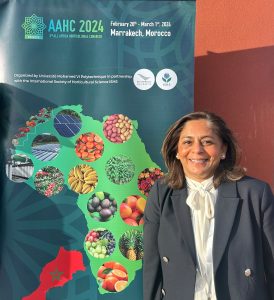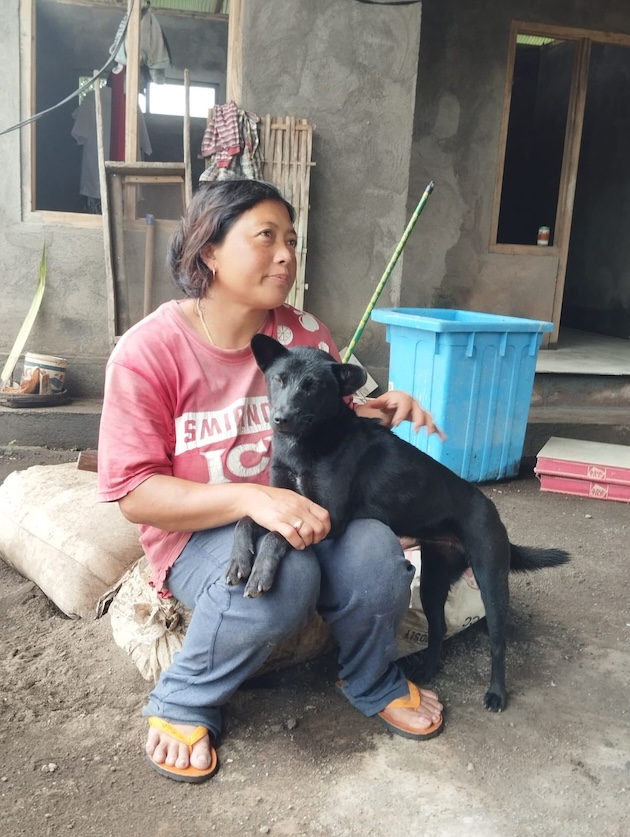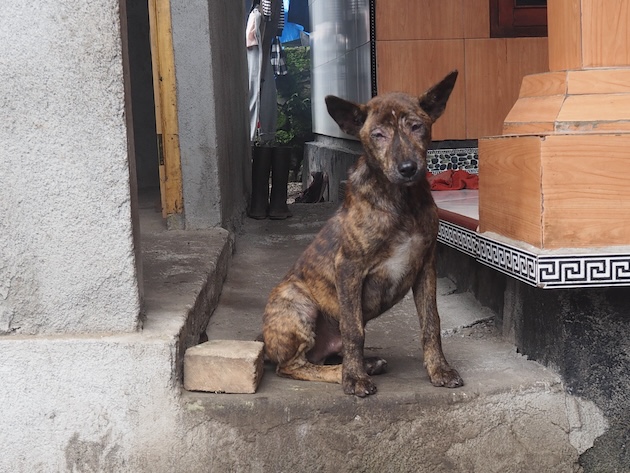
A mobile money stand in Accra, Ghana. Credit: IMF/Andrew Caballero-Reynolds
By Danny Bradlow
PRETORIA, South Africa, Feb 28 2024 – It hasn’t been easy for African states to finance their developmental and environmental policy objectives over the past few years.
Recent events suggest that the situation may be improving. For the first time in two years, three African states have been able to access international financial markets, albeit at high interest rates. Kenya, for example, is now paying over 10% compared to about 7% in 2014.
Many African countries continue to face challenging sovereign debt situations. Total external debts as a share of Africa’s export earnings increased from 74.5% in 2010 to 140% in 2022.
In 2022, African governments had to allocate about 12% of their revenues to servicing their debt. Between 2019 and 2022, 25 African governments allocated more resources to servicing their total debts than to the health of their citizens.
And in late 2023 the International Monetary Fund estimated that over half the low income African countries were either potentially or actually experiencing difficulties paying their debts.
This suggests that it will be very difficult for Africa to raise the US$1.6 trillion that the Organisation for Economic Cooperation and Development (OECD) estimates it needs to reach the sustainable development goals (SDGs) by 2030.
One of the lessons of the COVID pandemic and the climate negotiations is that Africa can’t count on the global community to provide it with sufficient new funds or with debt relief to deal with either its development needs or the consequences of crises such as pandemics or extreme weather events.
Its official bilateral creditors appear more focused on their own needs and on other parts of the world than on Africa. Commercial creditors are happy to provide financing when conditions are favourable and African debt can help them satisfy their investment mandates.
But they are less forthcoming when the going gets tough and the risks associated with the transaction – and for which they have been compensated – actually materialise.
This suggests that Africa needs to advocate more aggressively for its own interests. This year offers some good opportunities to promote a more effective approach to African debt.
Careful planning needed
There are two international conferences where global economic governance will be on the agenda. This is also the first year that the African Union participates as a full member in the G20. In addition, South Africa, the G20 chair in 2025, currently serves on the troika that manages the G20 process. (G20 Finance Ministers are scheduled to meet in Brazil 28-29 February).
Debt and development finance will be an important topic in all these forums. African representatives can use their participation to advocate for a new approach to sovereign debt that is more responsive to African needs and concerns. They can also lobby other participating states and non-state actors for their support.
But African states will need to plan carefully. Their starting point should be the well recognised fact that the current sovereign debt restructuring process is not working for anyone. The G20 agreed a Common Framework that was supposed to help resolve the sovereign debt crises in low income countries.
Four African countries applied to have their debts restructured through the framework. Despite years of negotiations, it has failed to fully resolve the debt crisis in three of them.
Countries outside the Common Framework, such as Sri Lanka, have not managed to fully resolve their debt crises either. This is costly for both debtors and creditors. It is therefore in everyone’s interest to look for a new approach.
This requires all parties to be willing to entertain new ideas and to experiment with new approaches to old problems. African states should offer their own innovative proposals. They should also state that they are willing to take on new responsibilities if their creditors are willing to do the same.
They can remind their creditors that these experiments would not be taking place in a vacuum. They can be guided by the many existing, but under-utilised, international norms and standards applicable to responsible sovereign debt transactions, for example the Unctad principles on responsible sovereign debt transactions. Some of these relate to the conduct of sovereign borrowers.
Others focus on responsible lending behaviour and are often cited by creditors in their own policies dealing with environmental and social issues, social responsibility or human rights.
By basing any new approach on these international norms and standards, both debtors and creditors will merely be agreeing to implement principles that they have already accepted.
Working from this starting point, African states should make three specific proposals.
Concrete proposals
First, they should commit to making both the process for incurring debts and the terms of all their public debt transactions transparent.
This will ensure that their own citizens understand what obligations their governments are assuming on their behalf. It will encourage governments to adopt responsible borrowing and debt management practices.
They should also agree that they can be held accountable for their failure to comply with these transparent and responsible sovereign debt practices and procedures.
Second, African states should point out that there is a fundamental problem with a sovereign debt restructuring process that only focuses on the contractual obligations that the debtor state owes its creditors.
This focus means, in effect, that servicing its debt obligations will trump the debtor state’s efforts to deal with the country’s vulnerability to climate change and the loss of biodiversity, and with its poverty, inequality and unemployment challenges.
This follows from the fact that their creditors can use the restructuring process to force sovereign borrowers in difficulty, unlike corporations in bankruptcy, to pay those who lend them money without regard, for example, to the impact on their obligations to pensioners, public sector employees or the welfare of their citizens.
This exclusive focus on debt contracts is inconsistent with the international community’s interest in addressing global challenges like climate and inequality.
This problem can be resolved if both creditors and debtors agree that they will adopt an approach to debt negotiations that incorporates the financial, economic, social, environmental, human rights and governance dimensions of sovereign debt crises.
Third, African states should propose that their creditors publicly commit to base the new approach to sovereign debt on an agreed list of international norms and standards relevant to responsible international financial practices.
These will include those dealing with transparency, climate and environmental issues, and social matters, including human rights.
Source: The Conversation
Danny Bradlow is Professor/Senior Research Fellow, Centre for Advancement of Scholarship, University of Pretoria.
University of Pretoria provides funding as a partner of The Conversation AFRICA.
IPS UN Bureau







